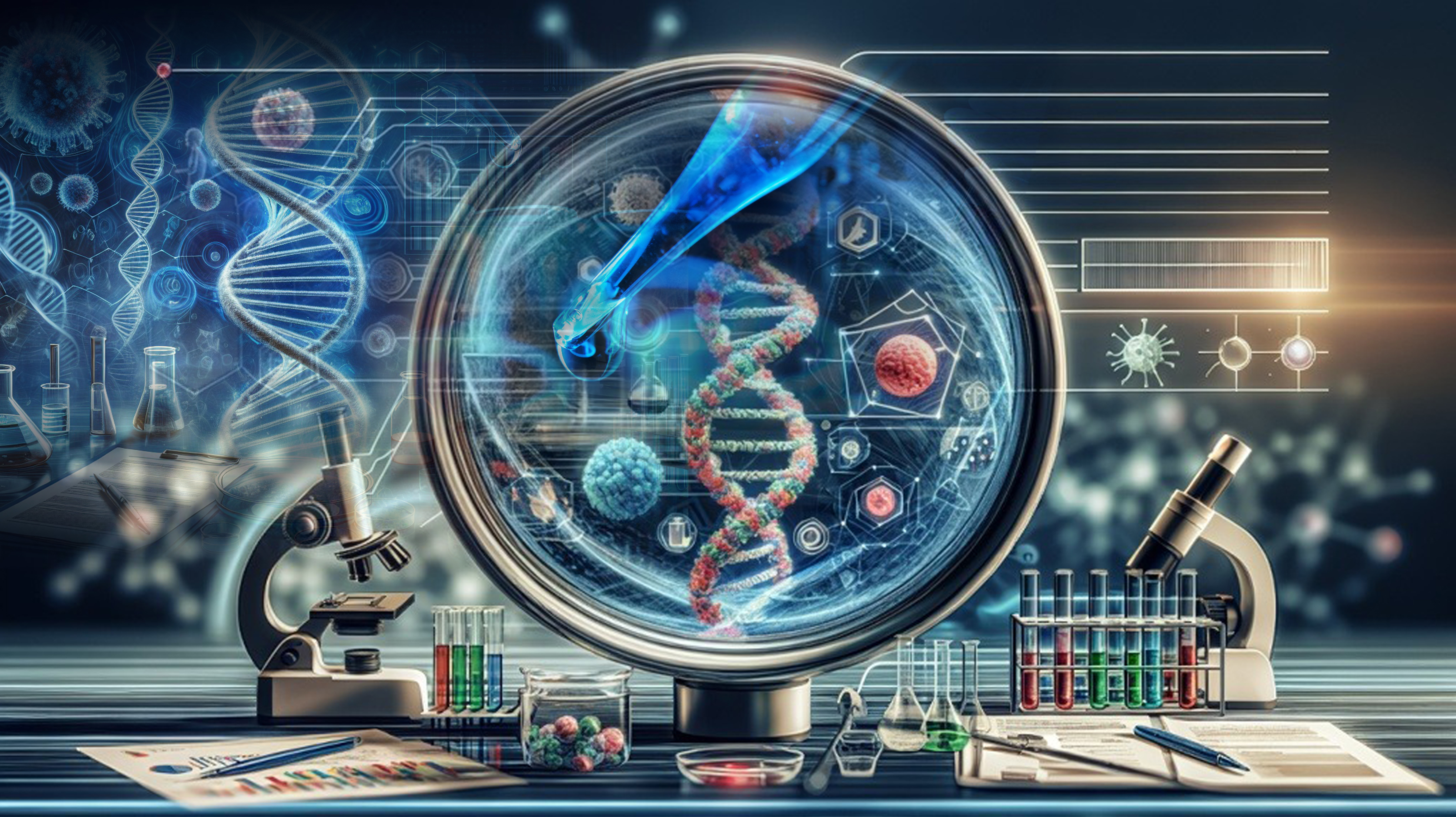While rectal cancer has favorable prognosis and high 5-year survival rates11, treatment comes with significant complications like infertility and urinary dysfunction. A new anti-PD-1 monoclonal antibody, dostarlimab, has received FDA breakthrough therapy designation and shown promise as an organ-sparing treatment option. Cercek et al. evaluated the efficacy of dostarlimab in 16 mismatch repair-deficient stage II or III rectal cancer patients and found that 100% of participants who completed the 6-month treatment course achieved clinical complete response12. At 12-month follow-up, these patients remained progression and recurrence-free without the need for chemoradiotherapy or surgical resection. Adverse events resulting from treatment were also minimal. Though phase III studies in bigger patient groups are warranted, these findings strongly support the use of dostarlimab as a single-agent therapeutic option for mismatch-repair deficient rectal cancer patients. Its organ-sparing nature and reduced side effects compared to standard treatment may confer particular benefits to younger patients of childbearing age.
References:
1. Wu S, et al. npj Biofilms and Microbiomes 2022;2;8(1). 2. Rezazadeh MB, et al. BMC Women's Health 2024;26;24(1):575. 3. Lin TC, et al. Appl. Sci. 2021;11(3):902. 4. Borrego-Ruiz A, et al. Nutrients 2024;16(20):3559. 5. Fusano M. Clinics in Dermatology 2022;41(1):122–6. 6. Riyanto P, et al. Dermatoendocrinol 2015;7(1):e1063751. 7. Centers for Disease Control and Prevention (CDC). MMWR Morb Mortal Wkly Rep 2004;53(45):1066-8. 8. Toma T et al. Diabetologia 2024; 67(11):2568-84. 9. Karakose E et al. Cell Rep Med. 2024;5(12):101832. 10. Rosselot C et al. Sci Transl Med 2024;16(755):eadg3456 11. American Cancer Society. Colorectal Cancer Survival Rates. 2023. 12. Cerek A et al. N Eng J Med 2022;386(25):2363-2376. 13. Seymour K et al. Neuroscience of Consciousness 2024;1:niae039. 14. Mihaylova MM et al. Cell Stem Cell 2018;22:769-778.e4. 15. Benjamin DI et al. Cell Metab 2022;34:902-918.e6. 16. Chen H et al. Cell. 2025;188(1):157-174.e22. 17. Abdelfattah M et al. Ann Neurol 2025. doi: 10.1002/ana.27170.





